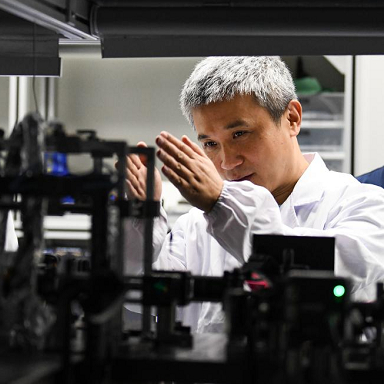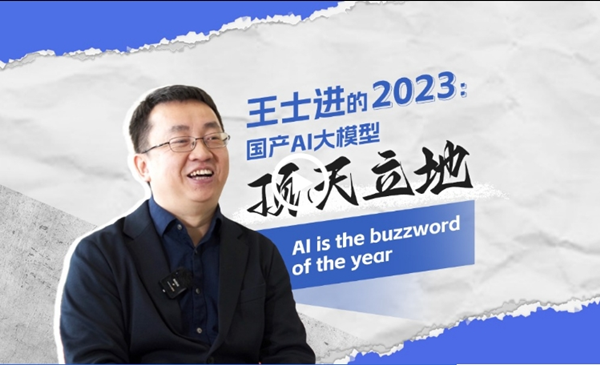Global professionals welcomed to USTC for academic success
Top academy has been aiming to scale peaks of science since its inception in 1958
On Nov 18, 2021, Katharina Kohse-Hoinghaus, a visiting professor at the University of Science and Technology of China, who is from Germany, was elected a foreign academician of the Chinese Academy of Sciences for her contributions in China. In winning high esteem from her peers, she saw her success come in part thanks to her 20-year cooperation with the National Synchrotron Radiation Laboratory and the State Key Laboratory of Fire Science at the USTC.
A senior official at the USTC once told a group of visiting foreign scholars: "Please come to the USTC to conduct your research. Here, we have some of the best research facilities in China. With our full support, you are sure to succeed."
The nation established the USTC on Sept 20, 1958 in Beijing with a mission "to promote science and education to serve the country and society". The academy was relocated to Hefei in East China's Anhui province in 1970.
Recognized as the "cradle of scientists" in China, the USTC is now home to 16,245 gifted students and 2,047 academic staff members.
Kohse-Hoinghaus, winning such a top accolade, is one of these USTC academics.
China's top leader has toured the USTC several times, offering a series of important instructions regarding its work on talent cultivation, as well as scientific and technological innovation. Their guidance has served as a direction for its future development. The university has prioritized talent cultivation and breakthroughs in innovation as its top two core tasks, aiming to build a first-class university in the world.
Internationalization
The USTC has achieved remarkable progress in perfecting its academic disciplines, cultivating its students, developing its faculty and expanding its campus, while it aims to make its mathematics, physics, chemistry, earth and space sciences, life sciences and medicine disciplines all first class.
Since China's reform and opening-up began in 1978, the USTC has taken the lead in opening the school to the world. Each year, numerous overseas scholars are invited to give lectures at the university, while a large number of teachers are sent abroad for studies.
Yan Jici (1901-96), the second USTC president, proposed a goal for the university in 1988 "to build a globalized academy and to nurture worldwide talent".
Among the 140,000-odd graduates nurtured at the USTC during the past 63 years, 84 have been elected academicians of CAS and the Chinese Academy of Engineering. Now USTC alumni are working all over the world.
The USTC currently has 887 international students, more than 70 percent of whom are doctoral candidates. In 2019, 1,800 foreign experts from 46 countries visited the USTC for research and teaching.
Advanced facilities
The USTC has a glorious history in fundamental science research. It is also the only Chinese university that operates two national laboratories on campus-the National Synchrotron Radiation Laboratory, which was the first national laboratory in China, and the Hefei National Laboratory for Physical Sciences at the Microscale, one of six national research centers approved by the Ministry of Science and Technology.
During the past 63 years, the USTC has produced significant achievements in fundamental science research, especially in the fields of quantum physics, nanotechnology, artificial intelligence, engineering and biomedical sciences.
It also launched Wukong, China's first dark matter particle explorer, and Micius, the world's first quantum communication satellite, in 2015 and 2016, respectively. In 2020, the university developed the "USTC protocol" to treat COVID-19 patients, which has since been introduced to more than 20 countries and regions.
Rich opportunities
The USTC's excellent research facilities have created rich opportunities for overseas scientists and students to reach for more.
Kathryn Chang Barker, a visiting professor at the USTC from Canada, has seen the many and varied opportunities presented to both foreign students and faculty at the university.
"We come to further our professions, to contribute to China's development in unique ways and to learn about life and culture in China," she said, adding "the USTC welcomes us, and together we generate intercultural leadership, international research and development projects, and lasting synergies for global talent cultivation."
Chang Barker said: "The USTC has produced top-tier scientists and researchers. In the field of science and technology, there are countless aspiring scientists, students and professors on the USTC track to recognition as academics or as entrepreneurs who may create the next big product or business."






